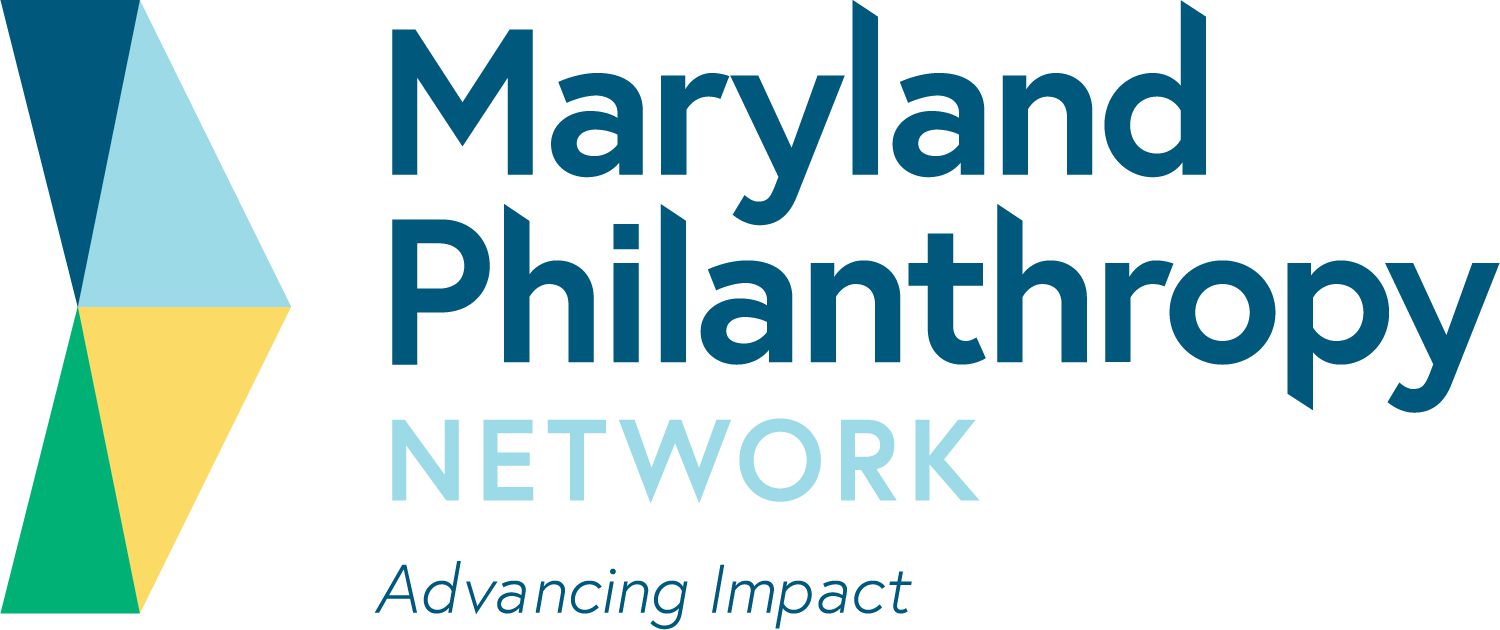Literacy Tutoring for Baltimore: What we know, where we are, and how to move forward
For elementary school students struggling in reading, academic tutoring—either 1-to-1 or in small groups— has been found to be the most effective intervention. The average proven tutoring program for elementary reading has an effect size of +0.41, equivalent to an increase from the 50th to the 60th percentile, and to about five additional months of learning. These are very large impacts.
This report, “Literacy Tutoring for Baltimore: What we know, where we are, and how to move forward,” looks at the research on tutoring at a national level and what programs are currently available and scalable in Baltimore.
Part One of this report, authored by Dr. Robert Slavin, defines tutoring, summarizes the national research base on its effectiveness, and documents best practices. Part Two, authored by Stephanie Safran, describes the current landscape of literacy tutoring supports available to students in Baltimore City, including an examination of the existing evidence on models’ effectiveness, as well as a discussion of opportunities and challenges inherent in scaling up existing programs. The report concludes with Part Three, recommendations for next steps.
Click here to read the full report.
Source: Abell Foundation
FIND MORE BY:

